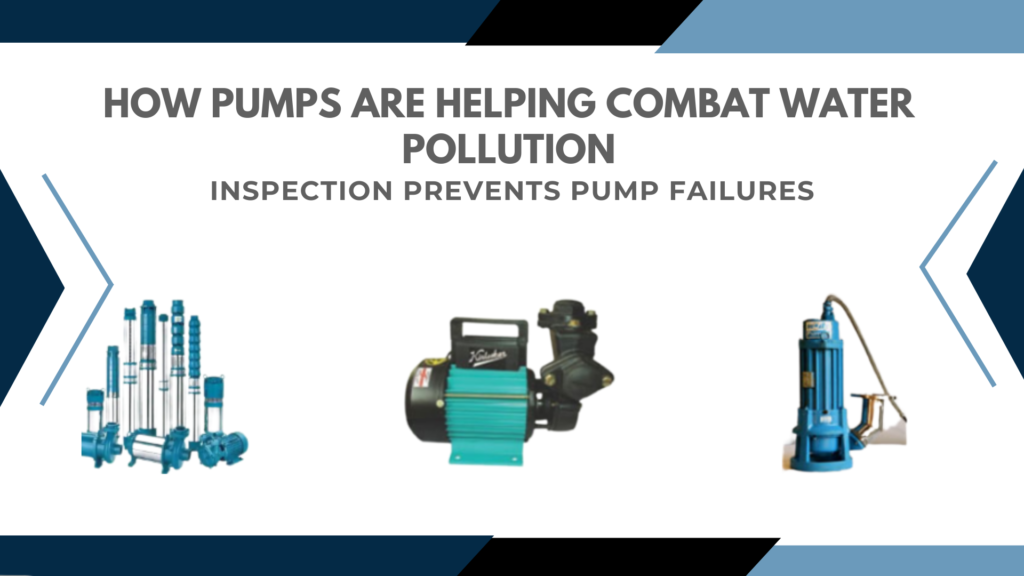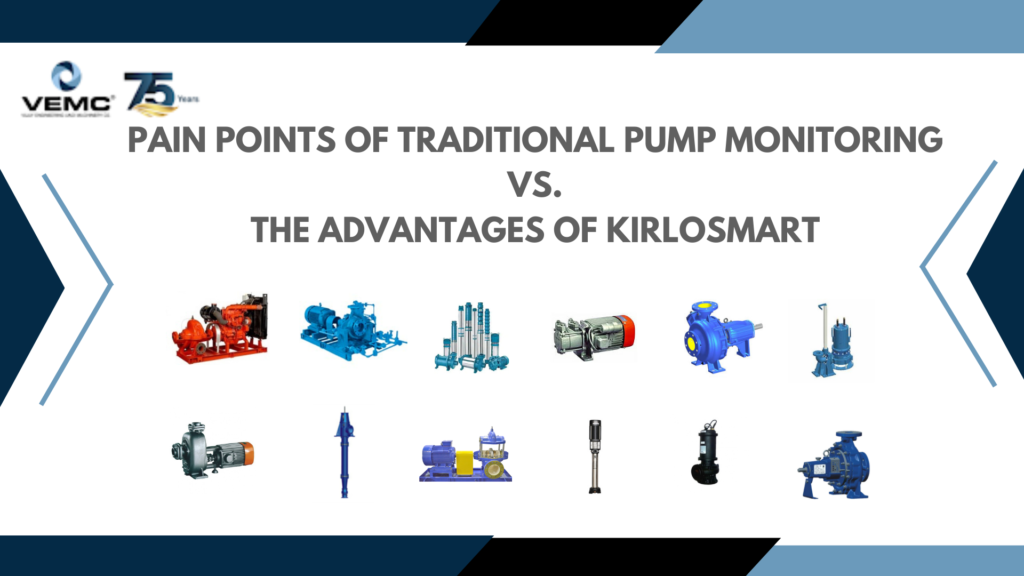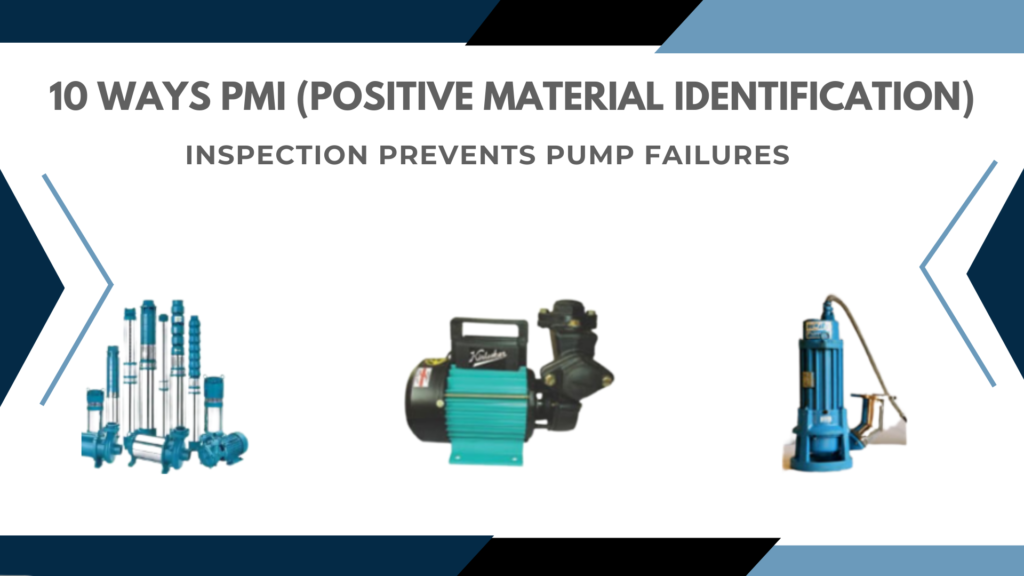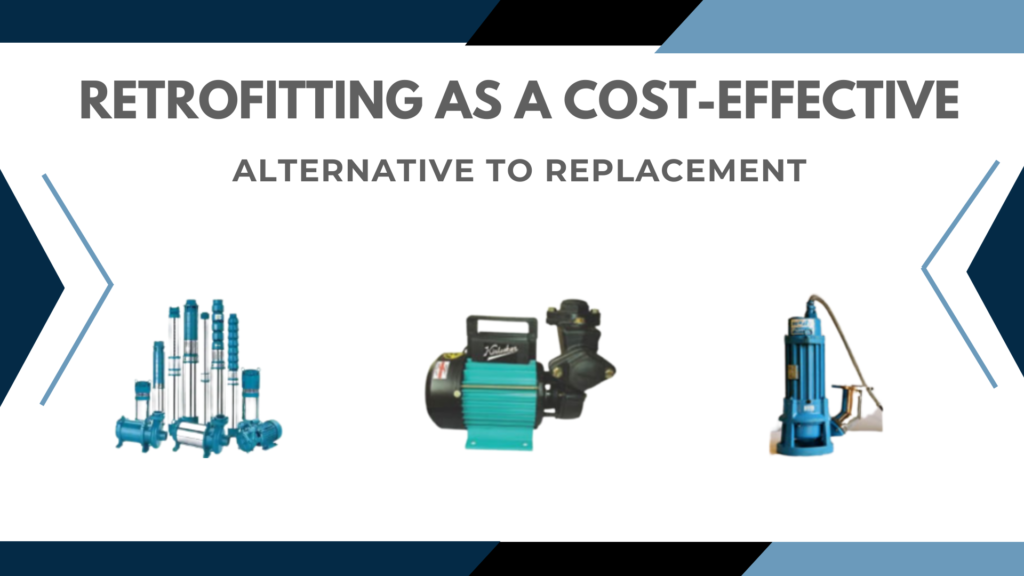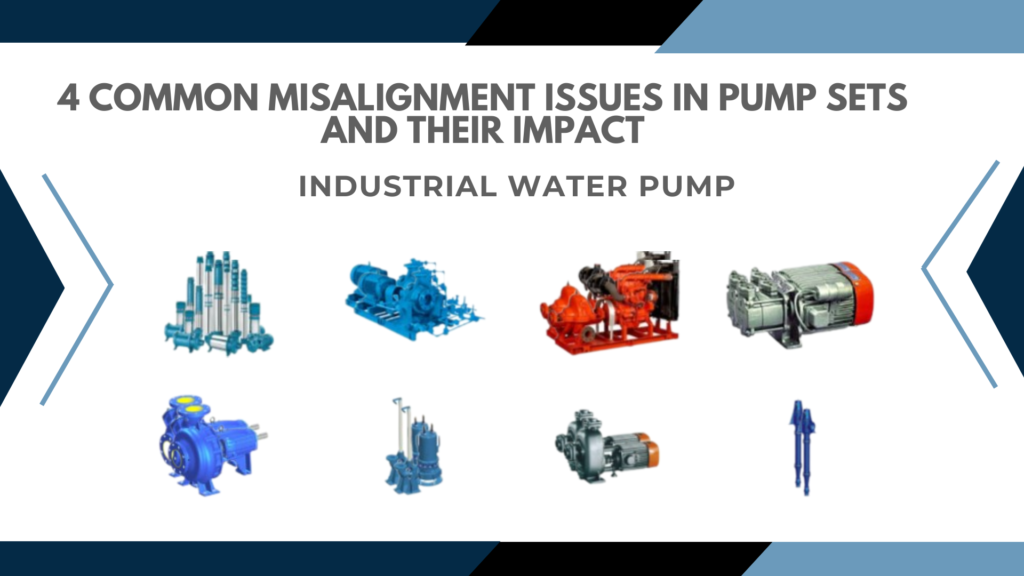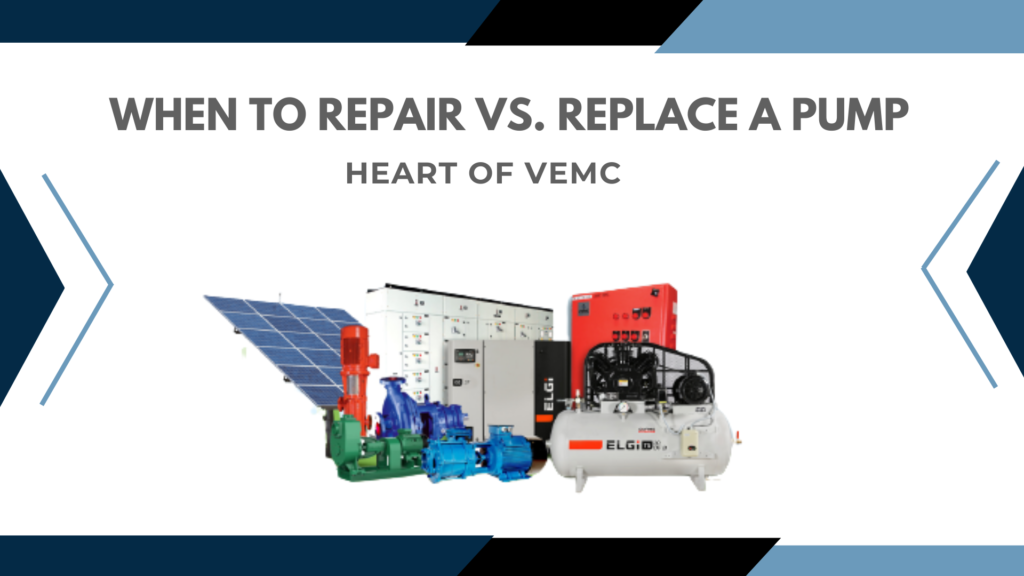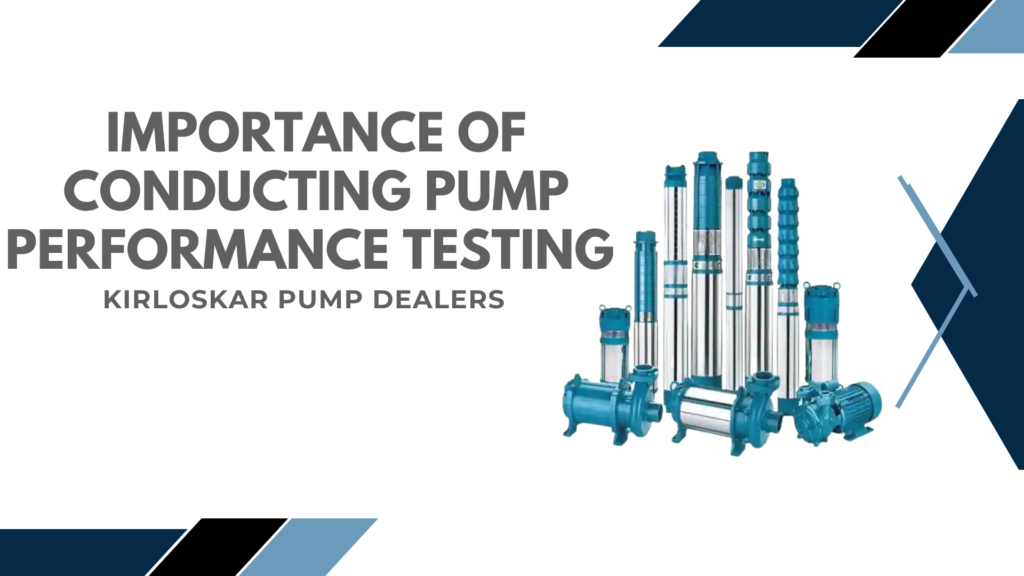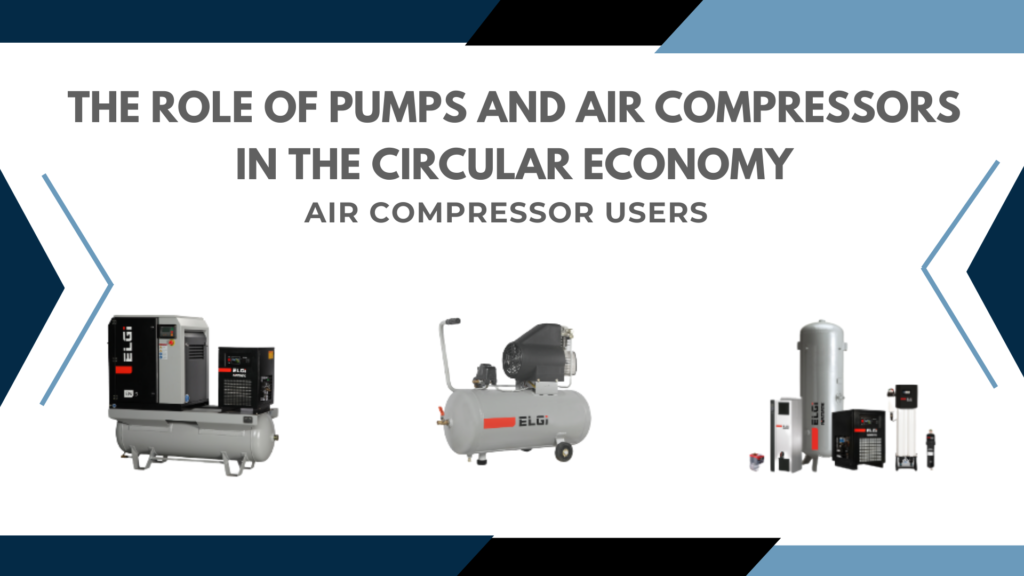
As opposed to a linear economy which proceeds through the stages of ‘take-make-waste’, a circular economy is restorative and regenerative. The economic activity in a circular economy builds and rebuilds the overall health of the system. It aims at decoupling growth from the consumption of finite resources. The three most significant features of a circular economy are resource efficiency, waste reduction and closed-loop systems. A circular economy offers enduring benefits like environmental sustainability, economic growth and job creation.
VEMC is the leading air compressor dealer in Mumbai, and in this blog we take you through the role of pumps and air compressors in a circular economy.
Industries that rely on pumps and air compressors
A range of industries such as manufacturing, wastewater treatment and energy production rely on water pumps and air compressors. Here are some of the major functions performed by them:
By pumps:
- Transporting fluids such as chemicals, oil, water etc. from one place to another
- Removing pollutants and contaminants from fluids
- Providing the necessary pressure required for industrial processes
- Mixing and blending liquids
By air compressors:
- Pushing and propelling gases through pipelines
- Blow cleaning and spray painting operations
- Powering pneumatic tools such as drills, abrasive blast equipment etc.
- Shifting AC refrigerants
All the above-mentioned functions consume energy. To create and sustain a circular economy, it is important that energy efficient pumps and compressors are used, so that operations are performed at peak levels without wastage of energy.
Recycling and remanufacturing pumps and air compressors
Air compressors and pumps that are in use for a very long time will inevitably undergo wear and tear. This will affect their performance and energy efficiency. However, if these equipment are procured from trusted manufacturers like VEMC, you can expect longevity and consistent performance. This is not just great for your business as it avoids sudden breakdowns, loss of business and unexpected capex investments, but also for the circular economy as it avoids wastage of resources and lowers the carbon footprint. Besides, techniques like retrofitting can offer a second life to your equipment while enhancing their performance and efficiency.
Role of compressors and pumps in a circular economy
One of the most important aims of a circular economy is to reduce wastage and lifespan costs of equipment. This is ensured in three main ways:
- Products like compressors and pumps which are designed keeping the concept of circular economy in mind, aim to extract maximum value out of resources. As soon as the products reach the end of their service life, their parts are salvaged and re-processed to leave as little waste as possible.
- Product design also ensures that as little wastage of material during operations (through friction) takes place. The simplicity of design to avoid as much metal-to-metal contact can help reduce lifetime costs of the equipment significantly.
- The product designs also ensure minimal consumption of energy and enhanced operational efficiency. This contributes to lower carbon footprint and energy savings throughout the service life of the product.
For more on how VEMC promotes the idea of circular economy through its air compressors and pumps, call us on 022 43436655 or email us at marketing@vemc.co.in. We are the leading pump and air compressor dealers in Mumbai.


